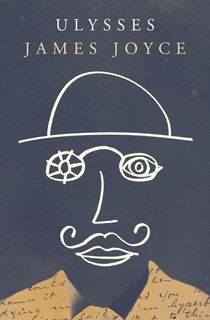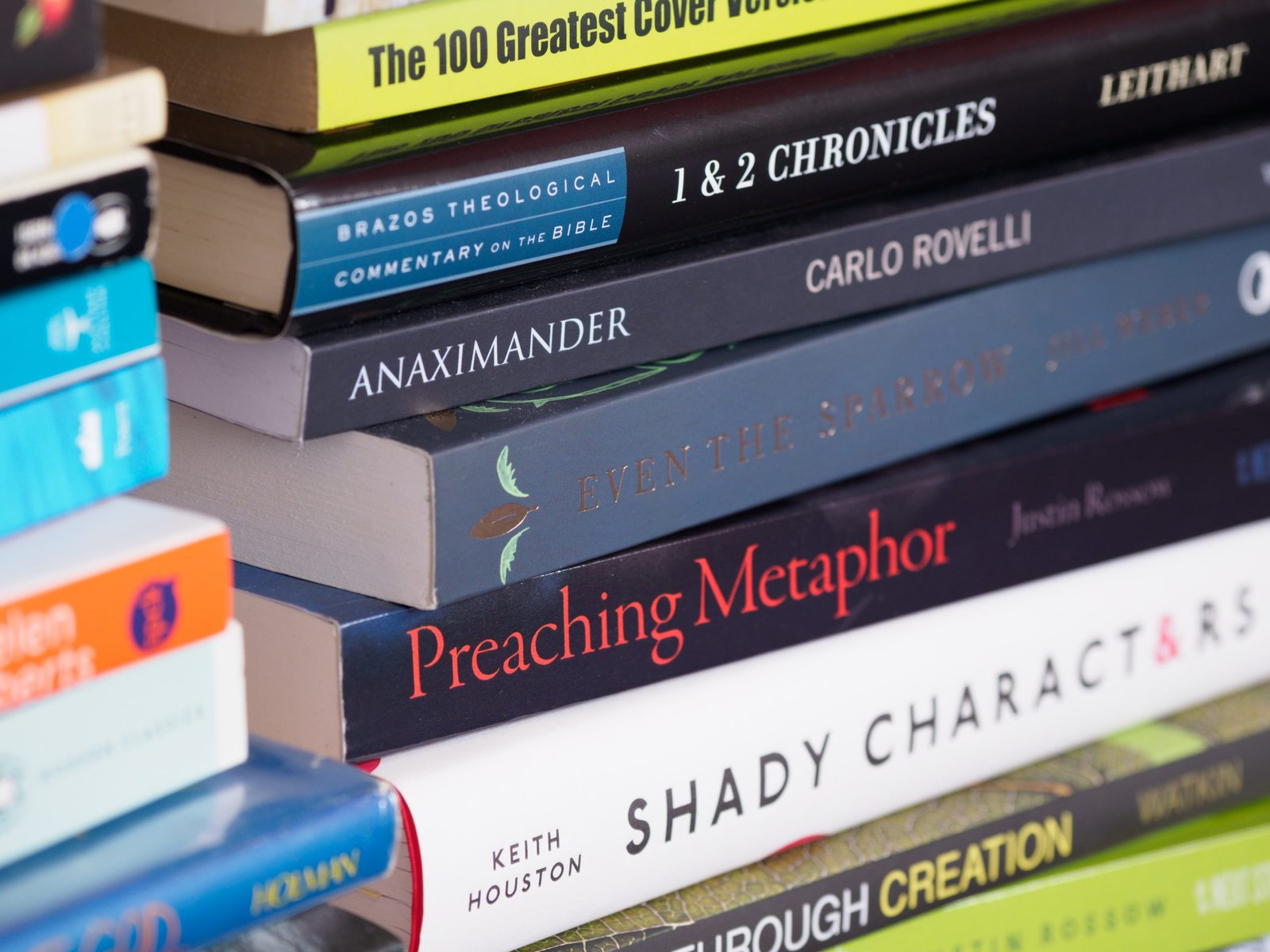The Most Controversial Fiction Novels in History

Lolita by Vladimir Nabokov
Background and synopsis
Lolita, written by Vladimir Nabokov, is a highly controversial fiction novel that was first published in 1955. The story is narrated by Humbert Humbert, a middle-aged literature professor, who develops an obsessive and illicit attraction to a 12-year-old girl named Dolores Haze, whom he refers to as “Lolita”. The novel follows their tumultuous relationship as they travel across America, evading suspicion and facing the consequences of their actions.
Controversial themes and topics
Lolita is notorious for its exploration of taboo subjects, including pedophilia, incestuous desires, and manipulation. It delves into the dark and disturbing mind of Humbert Humbert, who justifies his actions through sophisticated language and manipulation of the reader's sympathy. The novel pushes boundaries and challenges societal norms, sparking debates and controversy since its release.
Literary merits and critical reception
Despite the controversial subject matter, Lolita is widely regarded as a masterpiece of literature. Its intricate and poetic prose, combined with Nabokov's skillful character development, have earned the novel critical acclaim. It explores complex themes of desire, obsession, and morality, making it a thought-provoking piece of literature.
However, due to its controversial nature, Lolita has faced censorship challenges and bans in certain countries. The novel continues to be a topic of discussion within the literary community, with critics and scholars analyzing its artistic merits and ethical implications.
In conclusion, Lolita is a highly controversial fiction novel that delves into taboo subjects, challenges societal norms, and explores complex themes. Despite the controversy surrounding it, the novel is celebrated for its literary merits and thought-provoking narrative.

American Psycho by Bret Easton Ellis
American Psycho by Bret Easton Ellis is undoubtedly one of the most controversial fiction novels of all time. Packed with graphic violence, explicit sexual content, and social commentary, this book has sparked intense debates and divided readers since its release in 1991.
Overview of the plot
The novel follows Patrick Bateman, a wealthy Wall Street investment banker, as he navigates the glamorous but morally bankrupt world of 1980s Manhattan. Bateman's obsession with material possessions, his violent fantasies, and his descent into madness make for a chilling and disturbing read.
Graphic and explicit content
What sets American Psycho apart from other controversial novels is its detailed and explicit descriptions of violence, particularly towards women. Ellis portrays Bateman as a sadistic serial killer who finds pleasure in brutal acts of torture and murder. The novel leaves nothing to the imagination, forcing readers to confront the darkest aspects of humanity.
Societal reactions and debates
Upon its release, American Psycho generated a storm of controversy and outrage. Many critics accused Ellis of glorifying violence and misogyny, while others praised the novel for its social critique and examination of the dehumanizing effects of consumerism. The book was even banned in some countries and faced protests from feminist groups.
Despite the controversy, American Psycho continues to be studied and discussed in literary circles for its bold exploration of human depravity and the blurred lines between reality and fantasy.
With its shocking content and thought-provoking themes, American Psycho remains a provocative and polarizing work that challenges readers and pushes the boundaries of what is acceptable in fiction.

The Satanic Verses by Salman Rushdie
Context and historical significance
The Satanic Verses, written by Salman Rushdie and published in 1988, is arguably one of the most controversial fiction novels of all time. The novel delves into the themes of migration, religious identity, and cultural assimilation, all set against a backdrop of magical realism.
Religious controversies and blasphemy allegations
The book sparked outrage in the Muslim world due to its portrayal of the Prophet Muhammad. Many regarded the writing as offensive and blasphemous, particularly for its interpretation of the “Satanic verses” incident, which is a disputed account from Islamic history. The novel faced widespread bans and numerous death threats were issued against Rushdie, leading to him spending years in hiding.
Author's perspective and aftermath
Rushdie vehemently defended his right to freedom of expression, arguing that the novel was intended as a work of fiction exploring theological concepts rather than a deliberate act of provocation. The controversy surrounding The Satanic Verses highlighted the clash between artistic freedom and religious sensitivities, igniting debates about censorship and cultural tolerance.
The aftermath of the novel's publication included protests, book burnings, and violent demonstrations. Rushdie's life was significantly impacted, as he lived under constant security measures for many years. Despite the controversy, The Satanic Verses remains an influential work in the literary world, challenging societal boundaries and encouraging dialogue about the limits of artistic expression.

Fifty Shades of Grey by E.L. James
Summary and popularity
Fifty Shades of Grey by E.L. James is perhaps one of the most controversial fiction novels of recent years. The book, which was originally a Twilight fan fiction, quickly gained popularity and became a worldwide phenomenon. It tells the story of Anastasia Steele, a college student, who enters into a BDSM relationship with wealthy businessman Christian Grey.
Discussions on consent and portrayal of BDSM
The controversy surrounding Fifty Shades of Grey primarily stems from the discussions on consent and the portrayal of the BDSM lifestyle. Critics argue that the book glamorizes and romanticizes an abusive relationship, while others argue that it promotes open conversations about sexuality and helps to destigmatize taboo topics.
Cultural impact and divided opinions
The cultural impact of Fifty Shades of Grey cannot be denied. It has sparked debates, inspired parodies, and even led to a successful film franchise. While some readers appreciated the exploration of sexuality and the fantasy elements of the story, others criticized it for its questionable writing and representation of BDSM dynamics.
Overall, Fifty Shades of Grey remains a highly controversial novel that has evoked strong reactions from readers and critics alike. It serves as a reminder that fiction has the power to both entertain and provoke important discussions about societal norms, consent, and personal boundaries.

The Catcher in the Rye by J.D. Salinger
Plot overview and main character analysis
“The Catcher in the Rye” is a classic novel written by J.D. Salinger. It follows the story of Holden Caulfield, a disenchanted teenager who rebels against societal norms and struggles with growing up. The book takes readers on a journey through Holden's thoughts and experiences as he navigates adolescence and deals with themes of identity, alienation, and loneliness. Holden's internal conflicts and cynical outlook on the world have made him an iconic literary character, resonating with readers of all ages.
Themes of rebellion and teenage angst
One of the main themes in “The Catcher in the Rye” is rebellion. Holden resents the phoniness and hypocrisy he sees in adults and rebels against the conformity of society. His rebellious nature and desire to protect innocence make him a relatable character for young readers who also feel disillusioned with the world around them. The novel explores the universal experience of teenage angst, capturing the raw emotions and uncertainties of adolescence.
Controversies regarding language and suitability for young readers
“The Catcher in the Rye” has sparked controversies over the years due to its use of profanity and mature themes. Some argue that the language and explicit content make it unsuitable for young readers, while others believe that it accurately depicts the realities of teenage life. Teachers, parents, and scholars have debated its appropriateness in school curricula, often banning or challenging its inclusion. However, many literary experts praise the novel's powerful narrative and its ability to resonate with readers, regardless of age.
Overall, “The Catcher in the Rye” remains one of the most controversial fiction novels due to its exploration of teenage rebellion, its unique narrative style, and the ongoing debates surrounding its language and suitability for young readers. Its impact on literature and its ability to evoke strong emotions in readers continue to make it an influential and provocative piece of fiction.

To Kill a Mockingbird by Harper Lee
Summary and social context
To Kill a Mockingbird, written by Harper Lee, is a classic American novel that explores themes of racism, injustice, and the loss of innocence. Set in the racially divided town of Maycomb, Alabama during the 1930s, the story is narrated by Scout Finch, a young girl who witnesses her father Atticus defend a black man accused of raping a white woman.
The novel tackles various social issues prevalent at the time, including poverty, gender roles, and the effects of institutional racism. It highlights the stark contrast between the idealized innocence of childhood and the harsh reality of racial prejudice.
Controversies surrounding racism and racial slurs
While To Kill a Mockingbird is celebrated for its themes of tolerance and equality, it has faced its fair share of controversies. Some critics argue that the novel perpetuates a white savior narrative and fails to adequately address the racial complexities of the time. The portrayal of black characters has also been criticized as limiting and stereotypical.
One of the most contentious aspects of the novel is the use of racial slurs. The frequent use of the N-word for authenticity and historical accuracy has sparked debates about its appropriateness in educational settings. Some argue that it is essential to confront the brutal reality of racism, while others believe it can be deeply hurtful and offensive.
Despite these controversies, To Kill a Mockingbird continues to be widely studied and appreciated for its powerful storytelling and lessons on empathy and justice. It remains a pivotal work of fiction that forces readers to confront uncomfortable truths about society's prejudices and the struggle for equality.

A Clockwork Orange by Anthony Burgess
Get ready for a thrilling and thought-provoking ride through the controversial world of A Clockwork Orange. Anthony Burgess's masterpiece has stirred up quite the controversy since its publication in 1962. This dystopian novel takes readers on a rollercoaster journey through a dark and violent future.
Synopsis and dystopian setting
Set in a not-too-distant future, A Clockwork Orange introduces us to the rebellious and charismatic protagonist, Alex, and his gang of droogs. The novel takes place in a bleak London, where juvenile delinquency and violence run rampant. Burgess paints a chilling picture of a society on the brink of collapse, where law and order are crumbling. The futuristic setting adds a layer of intrigue and establishes a unique backdrop for the story to unfold.
Violent content and exploration of free will
One of the most controversial aspects of A Clockwork Orange is its explicit and disturbing portrayal of violence. Burgess does not shy away from depicting scenes of brutal assault and rape. However, beneath the shocking exterior lies a deep exploration of free will and the consequences of removing it from society.
The novel delves into the moral dilemma of whether it is ethical or right to forcibly change someone's behavior, even if it means eliminating their ability to choose between good and evil. Burgess raises important questions about the nature of humanity and the dangerous implications of playing God.
A Clockwork Orange has sparked numerous debates and faced censorship worldwide due to its controversial themes and explicit content. Nevertheless, it continues to captivate readers with its thought-provoking narrative and powerful social commentary.
With its dystopian setting, violent content, and exploration of free will, A Clockwork Orange remains a must-read for those seeking a challenging and controversial literary experience. This novel pushes boundaries and forces readers to confront uncomfortable truths about society and the human condition.

